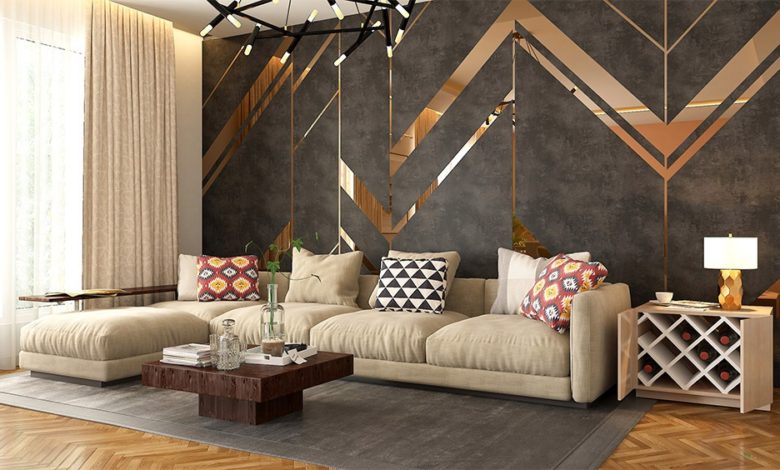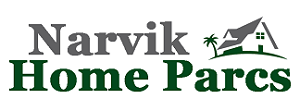Innovative Uses: Beyond Studios, Where Sound Absorbing Panels Shine

When most people think of sound absorbing panels, they likely picture a recording studio. While these acoustic treatments are definitely a must-have for any professional music recording space, they also offer numerous benefits in other settings. Here are five innovative ways to incorporate sound absorbing panels into your everyday life.
1. Home Applications
Enhancing Acoustics in Living Spaces
In a world of open-plan living, acoustics can often be overlooked. Sound absorbing panels can transform this, minimising noise reverberation and creating a warmer, more intimate space for day-to-day living.
Placing these panels strategically in areas like the living room or dining area can also help reduce the impact of background noise, which is both distracting and fatiguing.
Creating Private Work Zones
For those who work from home, creating a designated workspace that minimises disturbances is crucial. A sound absorbing panel can help delineate an office area, making it feel separate from the rest of the home and reducing noise pollution in both directions — from work and into the home.
Improving Home Theaters
Home theatres are another space where sound quality really matters. Sound absorbing panels not only enhance the acoustic performance of the room, ensuring a crisp and clear audio experience, but they also contribute to creating a cinematic environment by reducing the influence of external noise.
2. Office Environments
Enhancing Productivity in Open Offices
The trend towards open plan offices has its pitfalls, notably an increase in noise levels that can lead to decreased productivity. Sound absorbing panels address this by reducing noise levels and preventing sound from bouncing off walls, effectively privateering personal workspaces within the open layout.
Creating Meeting Room Privacy
The application of sound absorbing panels in meeting rooms is twofold. They provide speech privacy, keeping sensitive discussions confined, and they also improve the acoustic quality, ensuring that the flow of conversation is clear and the communication effective.
Improving Focus in Shared Workspaces
Shared workspaces have become more common, but with this comes the challenge of maintaining individual focus. Sound absorbing panels dispersed throughout a shared workspace act as a team player: fostering a quieter, less distracting environment that encourages concentration and productivity.
3. Retail and Hospitality Spaces
Enhancing Customer Experience in Restaurants
Poor acoustics in restaurants can be a deal-breaker for customers. Sound absorbing panels can help to create a comfortable dining experience by reducing noise levels and improving speech intelligibility, without the need for excessively loud ambient music.
Creating Intimate Atmospheres in Cafes
Cafes are often vibrant and bustling, but the noise level can sometimes be overbearing. Sound absorbing panels can add to the cosy atmosphere by dampening echoes and background chatter, facilitating a more relaxed and intimate setting for customers to enjoy their coffee and conversation.
Improving Acoustics in Hotel Lobbies
First impressions count, and in the case of hotels, the lobby sets the tone for the guest experience. Sound absorbing panels can help reduce the cacophony of check-ins, footsteps, and casual conversations, promoting a more serene and sophisticated atmosphere that conveys a message of quality and comfort.
4. Educational Settings
Enhancing Learning Environments in Classrooms
In the context of education, good acoustics are paramount. Sound absorbing panels in classrooms can improve the clarity of speech, minimize distractions, and create a more conducive environment for learning, especially in facilities with large open areas.
Creating Quiet Study Areas in Libraries
Silence is golden in libraries, but it’s not always practical. Sound absorbing panels allow for the creation of quiet study areas within larger library spaces, reducing noise and maximising the effectiveness of the room as a place for focus and concentration.
Improving Acoustic Quality in Lecture Halls
Lecture halls often suffer from poor acoustic quality due to their large, open spaces. Sound absorbing panels can be strategically installed to enhance the quality of sound, ensuring that lectures and presentations are heard clearly throughout the room, whatever the audible environment outside.
5. Healthcare Facilities
Enhancing Patient Comfort in Waiting Areas
A visit to the hospital can be stressful enough without adding noise to the mix. Sound absorbing panels can help create a more peaceful and calming environment, assisting in the reduction of stress and anxiety for patients and their families.
Creating Private Spaces in Hospitals
In large healthcare facilities, privacy is often a luxury. Sound absorbing panels can be instrumental in creating private spaces for conversations and consultations, essential for patient-doctor confidentiality and the overall sense of trust.
Improving Acoustics in Clinics and Treatment Rooms
In areas that require a high degree of concentration, such as examination and treatment rooms, sound absorbing panels are excellent for maintaining a quiet atmosphere. They can help reduce machinery and echo-induced noise, contributing to patients’ and healthcare professionals’ comfort and ease.
Conclusion
Sound absorbing panels are more than just a necessity in recording studios – they are a strategic ally in creating the perfect atmosphere across a multitude of environments. Understanding the diverse applications and benefits, from improving acoustics to promoting privacy and comfort, architects, interior designers, and homeowners can elevate their design solutions to ensure their spaces resonate with their intended purpose.

